Why Puppets (and Puppeteers) Are Still Important
Puppets aren’t just children’s toys, as this look into the Smithsonian’s collection shows
:focal(581x-15:582x-14)/https://tf-cmsv2-smithsonianmag-media.s3.amazonaws.com/filer/2f/4b/2f4bff48-9783-4142-967b-f34dc77fa5e4/kermit.jpg)
Today is World Puppetry Day, a day meant to celebrate puppeteers and the work they do.
Though in these jaded times, puppets are often seen in the public eye as children’s entertainment, people of all ages have used and loved puppets for literally thousands of years. “All objects have a story to tell, but puppets are objects with rare power,” writes puppet expert Steve Abrams. They are objects made specifically to perform, he writes, like masks. So when we see them being still, in museums or elsewhere, questions arise, he writes: “How did they move? What did they say? Why was this kind of puppet crafted and what role did it play?”
The person who knows those answers is the puppeteer, the person who performs with the puppet. Without a puppeteer, those questions go unanswered and puppets become a bit creepy. But doing puppetry can be a hard sell in this day and age, writes Elizabeth Blair for NPR. Just ask Basil Twist, whose modern puppet shows bring puppetry into the present, she writes.
"It's not of this time," Twist told her. "It's not of the world we live in now." He's encountered so many problems explaining puppetry to people that he carries around his main puppet in a tenor saxophone case. When people ask about the case, he says, "I just tell them it's a tenor saxophone or a clarinet, just because the puppet conversation is too involved in those moments."
Twist is a third-generation puppeteer who has performed on stages across the country. But his unusual story isn't the only way puppets are still important. Broadway shows like The Lion King make extensive use of puppets, while film and television have used puppets practically since their inception, although in some cases puppets are replaced today by computer-generated images.
Puppetry itself is a complicated field that combines performance and technical skill with craftsmanship and humor, master puppeteer and puppet maker Bob Flanagan told Playbill. Flanagan worked with Jim Henson during the modern glory days of puppeteering with the Muppets. A puppet's movements are a kind of expressive shorthand, he said; "even the slightest hand gesture, or a tilt of the head can speak volumes that actors or lines can't always get across."
Puppet performance is a discipline that puppeteers are laboring to preserve, like the Malaysian puppet show style that one puppeteer recently used to create a retelling of Star Wars. Pak Daing, a master of the Malaysian puppet tradition wayang kulit, told Lauren Young for Atlas Obscura that he translated the famous film for his style of puppetry in order to preserve the art and share it with a wider audience. And puppets are also being explored as a way to help children: the charitable arm of Sesame Street is currently aiming to help refugee children use puppets to deal with trauma.
The Smithsonian Institution has a large collection of puppets. Here are a few examples from that collection.
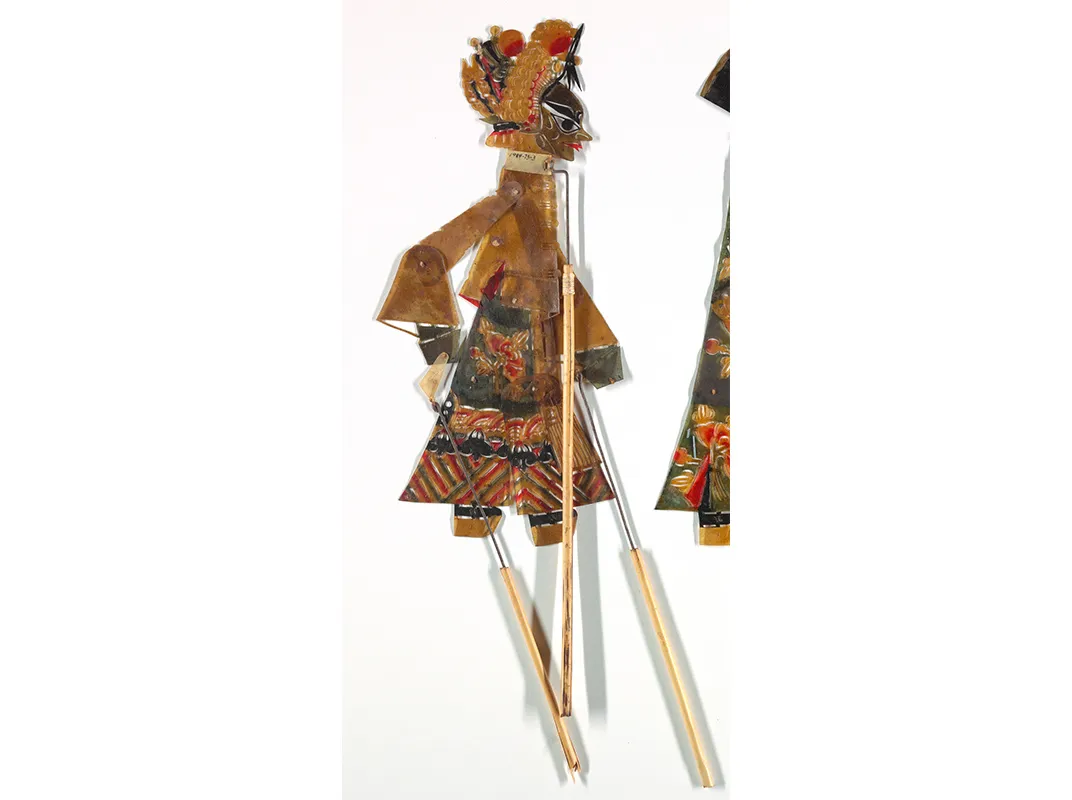
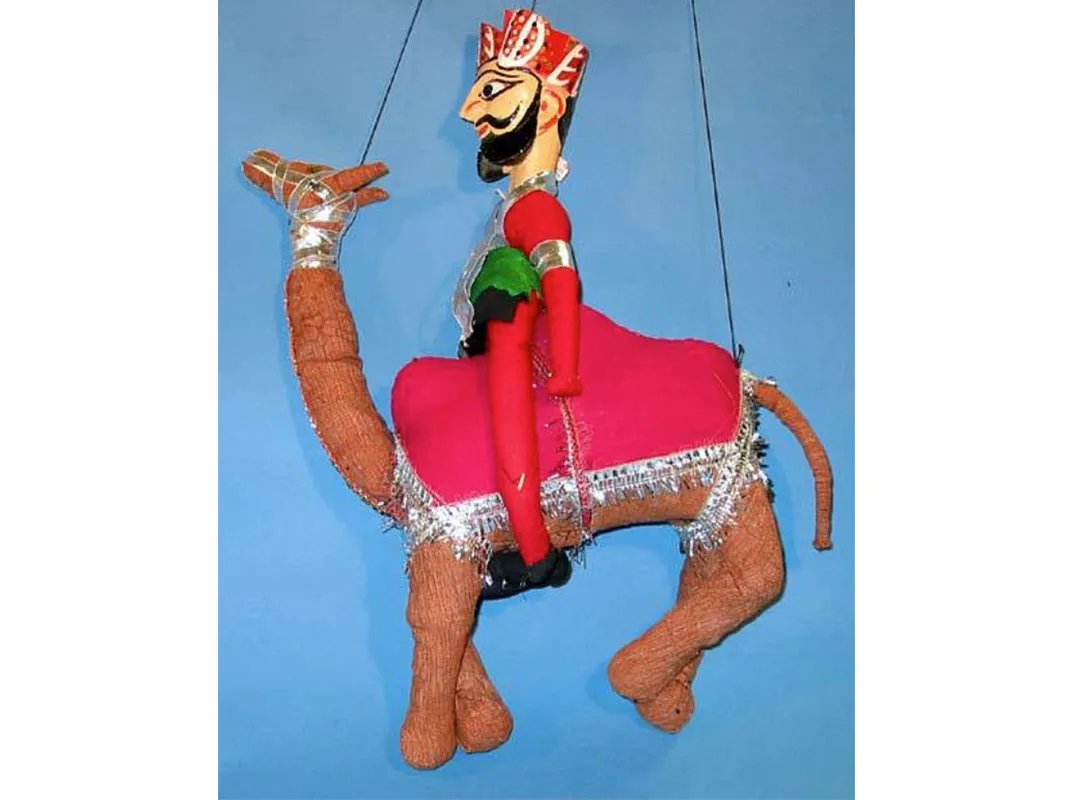
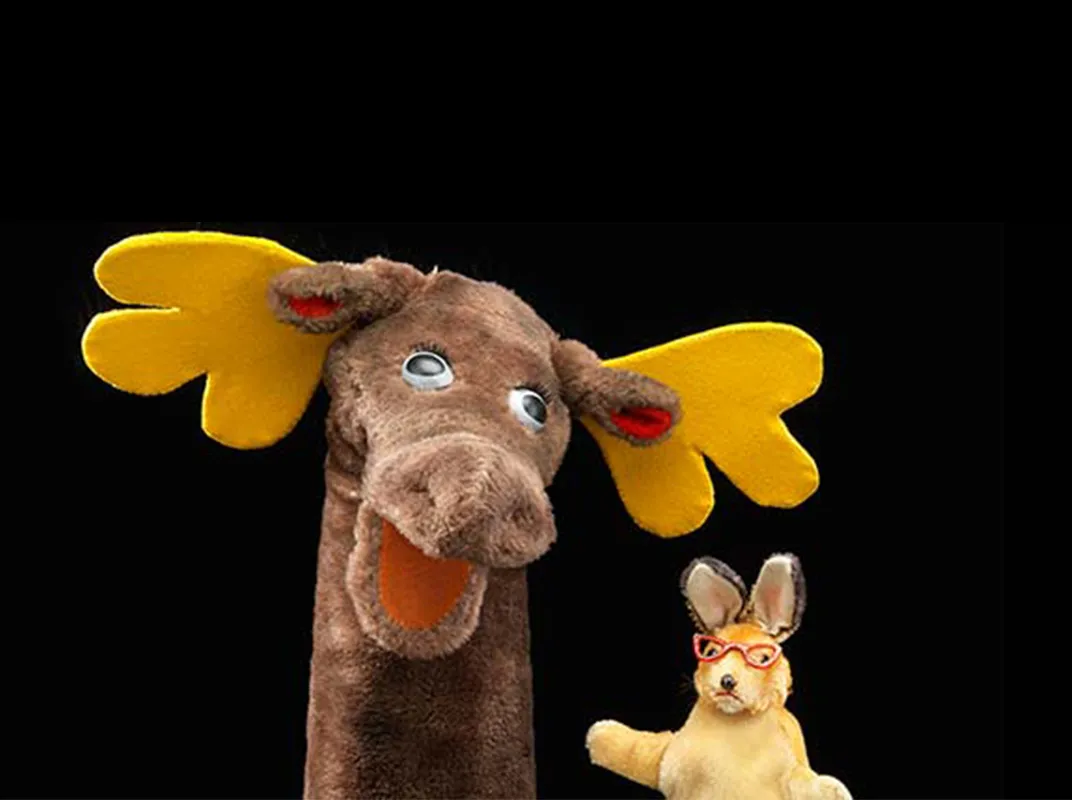
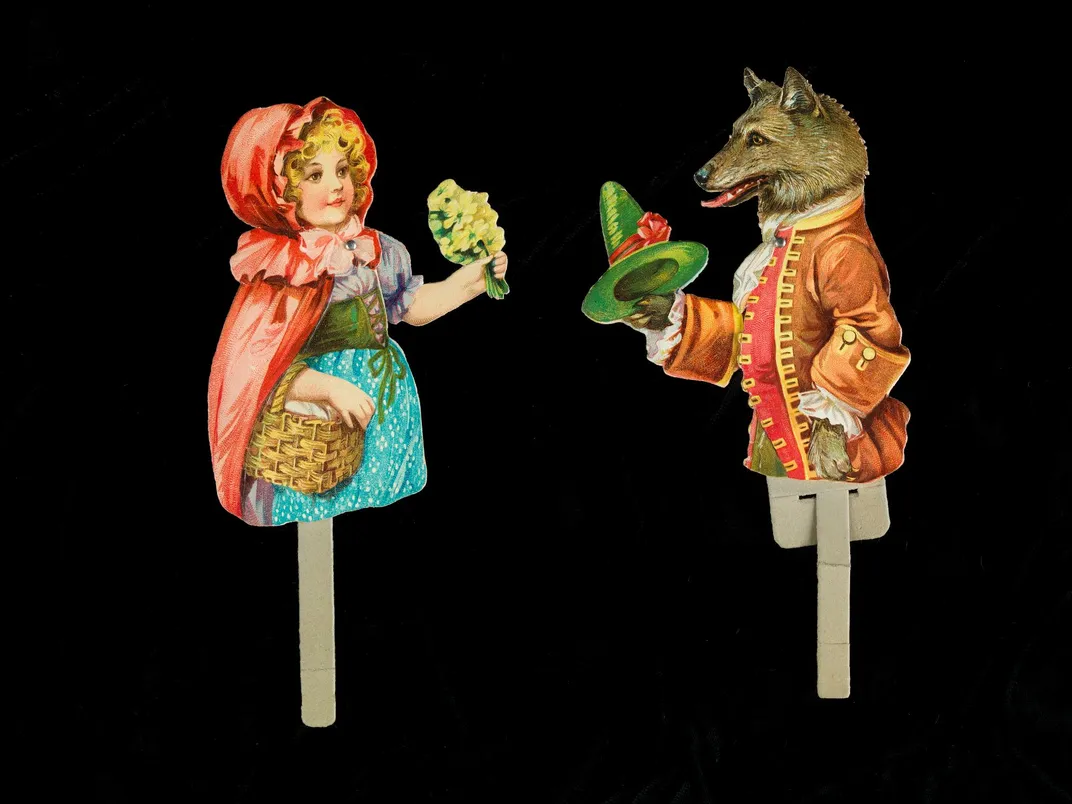
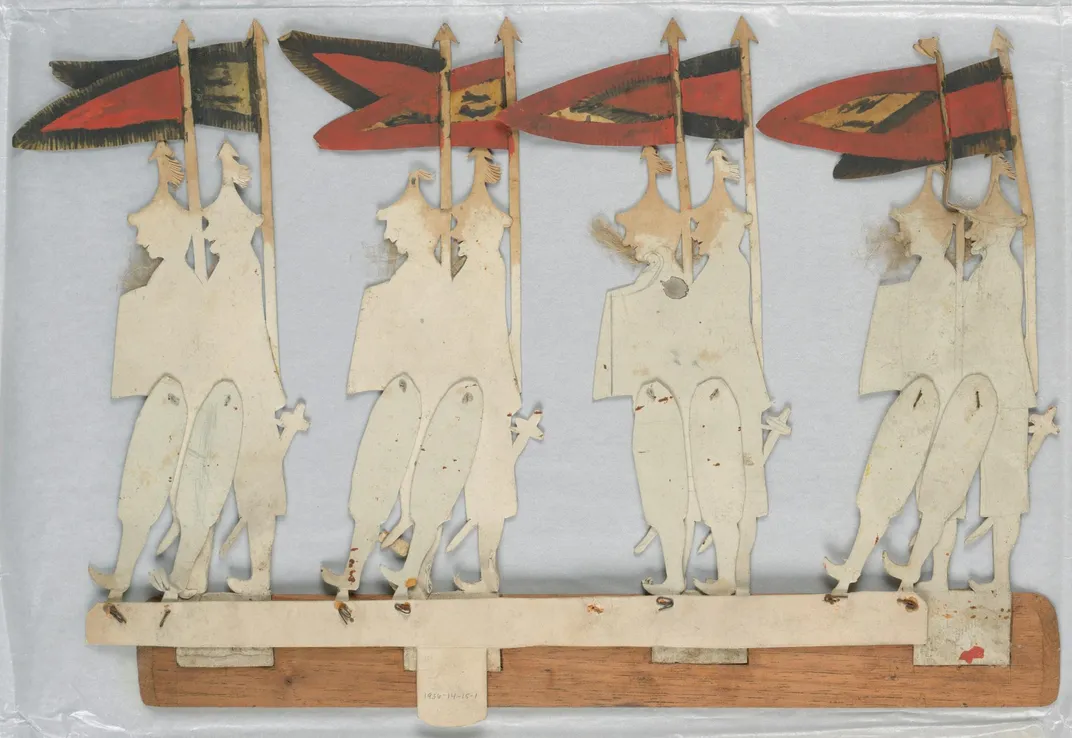
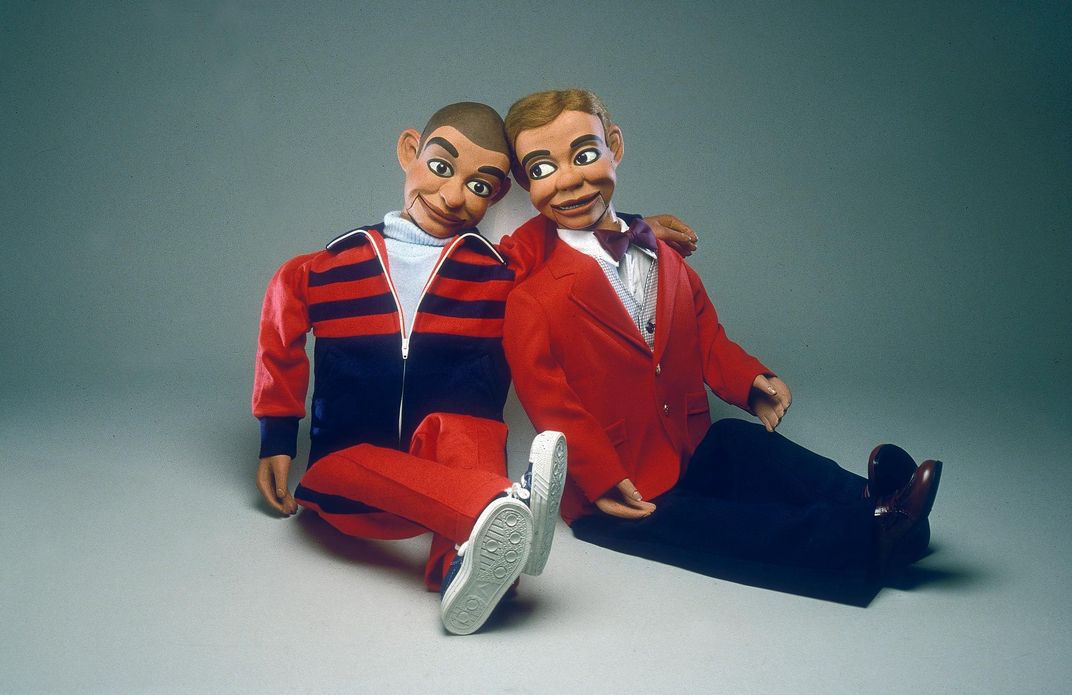
/https://tf-cmsv2-smithsonianmag-media.s3.amazonaws.com/filer/2f/4b/2f4bff48-9783-4142-967b-f34dc77fa5e4/kermit.jpg)